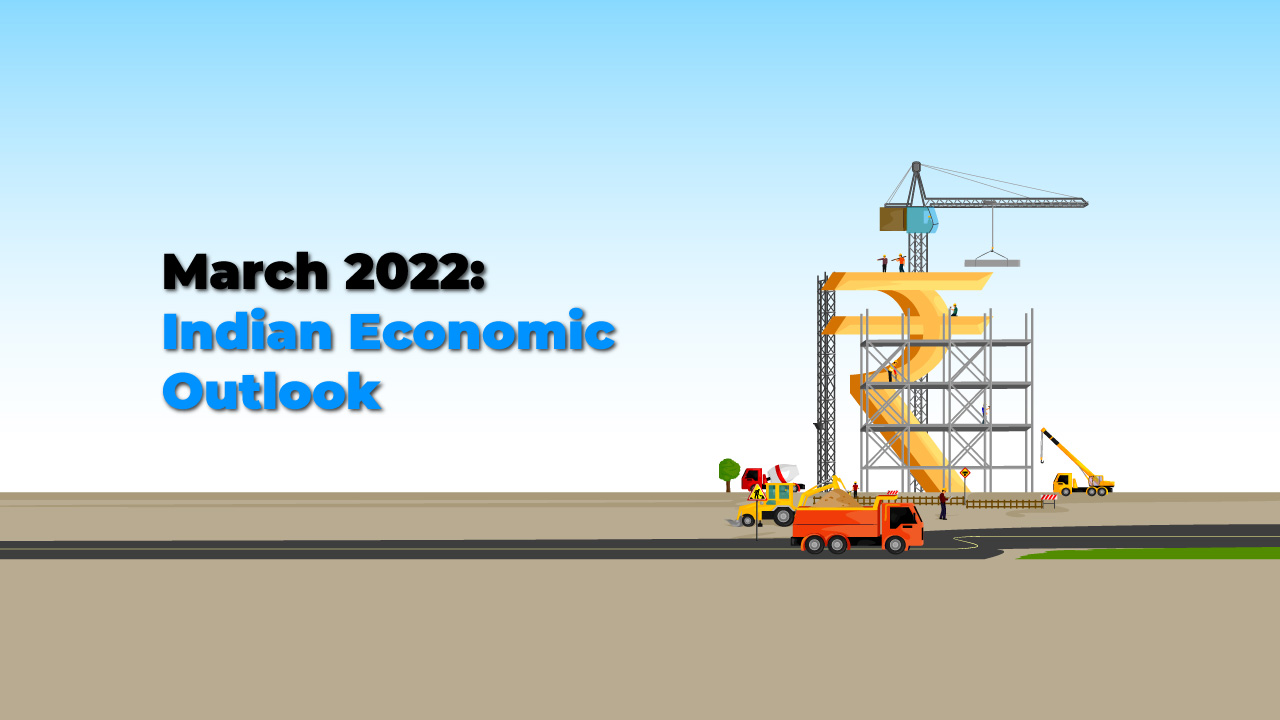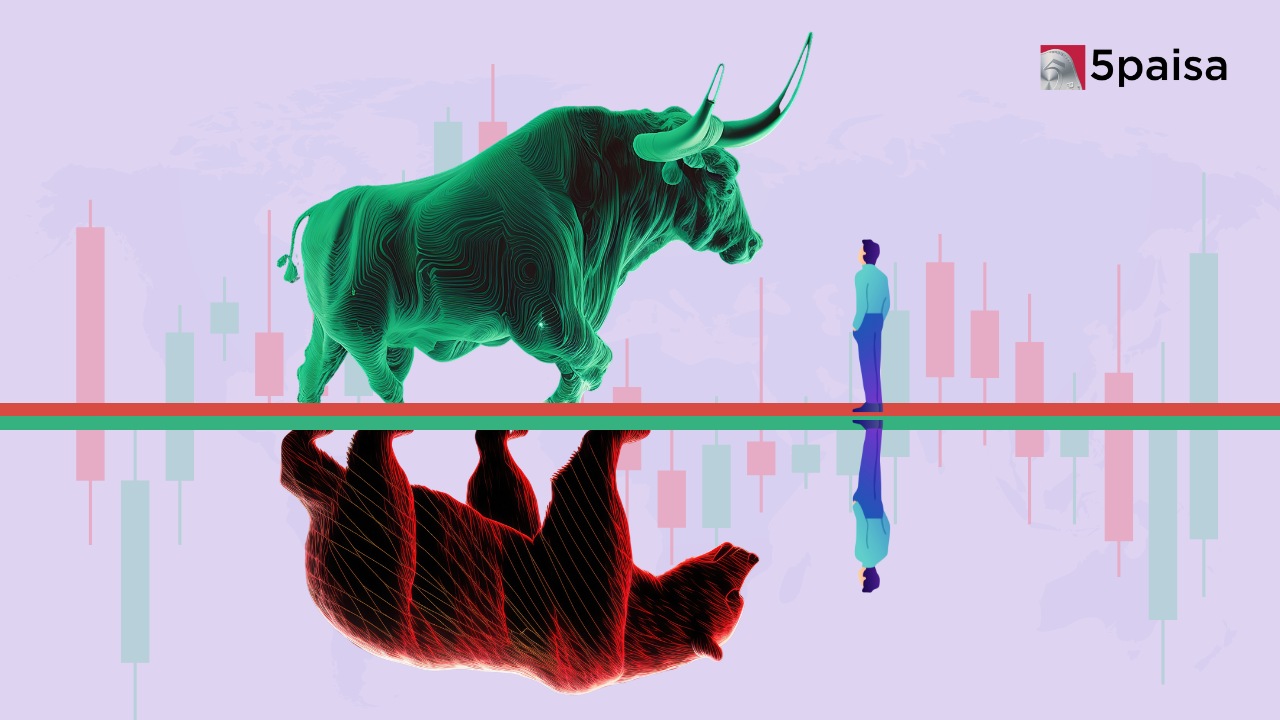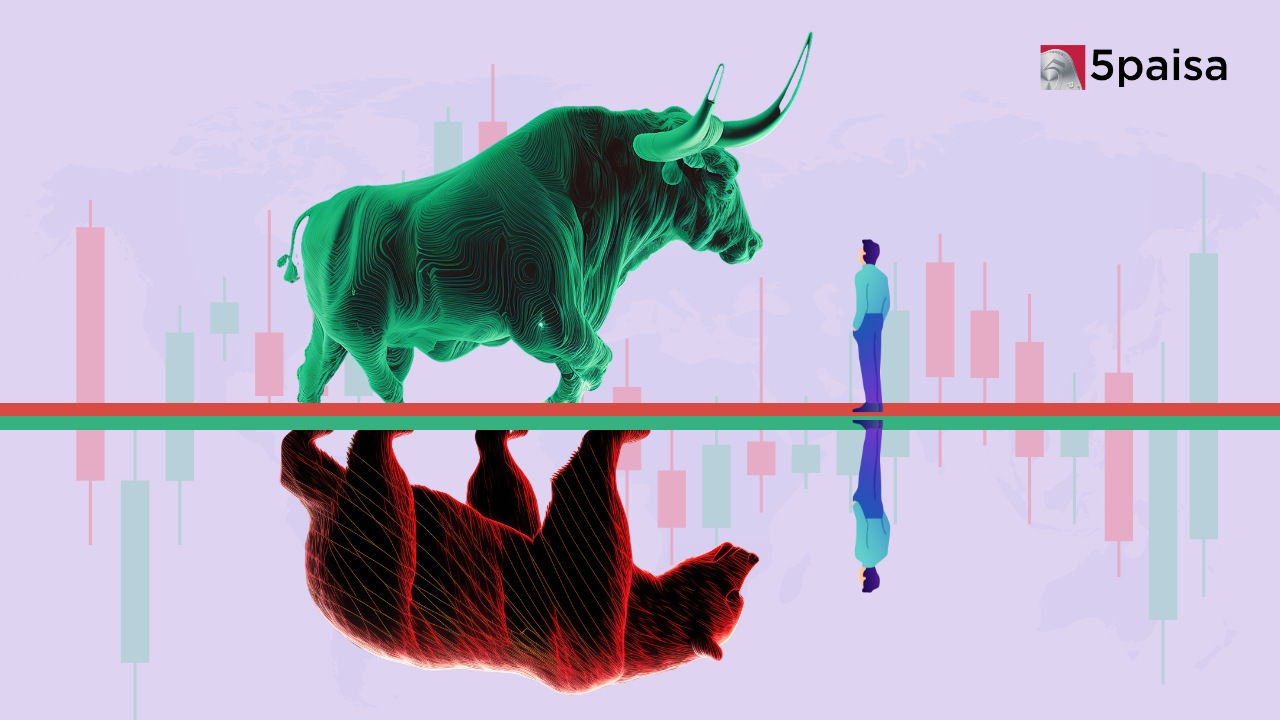Indian Economy Outlook: March 2022

Last Updated: 13th March 2023 - 03:51 pm
India’s GDP growth was very strong in the last quarter of the calendar year 2021 (Q4CY21). On a seasonally adjusted basis, the GDP rose by 6.1% QoQ. Indian GDP is more than 6% above its pre-pandemic level, though it is still well below its implied pre-pandemic trend.
High-frequency data indicate that the Indian economy came out of the Omicron wave with little damage –in stark contrast with the two previous coronavirus waves in 2020 and 2021. The Purchasing Manager’s index for the services sector showed only a slowdown in activity in January and February – well short of an outright decline. Industrial production managed to record a small up move in January, at the top of the Omicron-driven wave. With the wave subsiding quickly, containment measures have been scaled back, setting the stage for a pick-up in GDP growth momentum in 2Q22.
Fiscal stimulus to the economy, as well as the health response, increased the budget deficit and government debt in 2020-21. Government income, on the other hand, moved sharply in 2021-22. The federal government’s revenue receipts increased by 67.2% (YOY) from April to November 2021.
On the macroeconomic front, the government in February presented new spending plans in the Union Budget 2022 which largely focused on increasing capital expenditure (CapEx). Funds will be disbursed across many areas ranging from transport, energy, and irrigation. In the short term, this will boost aggregate demand. Moreover, bank lending has picked up recently, helped by a relaxation of lending standards, whilst overall financial conditions remain very loose.
Local fuel prices have been flat over the past weeks, but oil companies will eventually pass on higher oil prices to retail fuel prices with some offset from a reduction in the excise duty by the government. Inflation is strengthening further, peaking above 7% in Q3FY22, before gradually easing. The inflation is expected to remain elevated throughout the forecast horizon, at 6.1% annual average in 2021 and 5% in 2022.
The monetary policy normalization has been very shallow to date. The Reserve Bank of India has prioritized economic recovery over tackling inflation amid a still-large output gap. The repo rate is expected to rise to 4.75% by December, from 4% currently. The reverse repo rate – which has become the effective driver of money market rates since the start of the pandemic – is likely to be increased by a larger amount.
- Performance Analysis
- Nifty Predictions
- Market Trends
- Insights on Market
Trending on 5paisa
Market Outlook Related Articles
Disclaimer: Investment in securities market are subject to market risks, read all the related documents carefully before investing. For detailed disclaimer please Click here.
 5paisa Research Team
5paisa Research Team
 Sachin Gupta
Sachin Gupta




